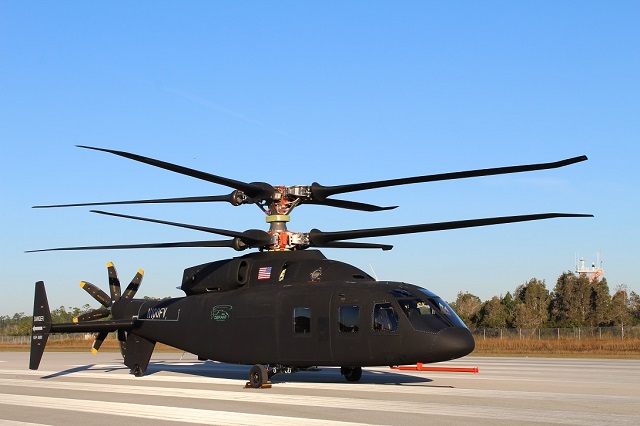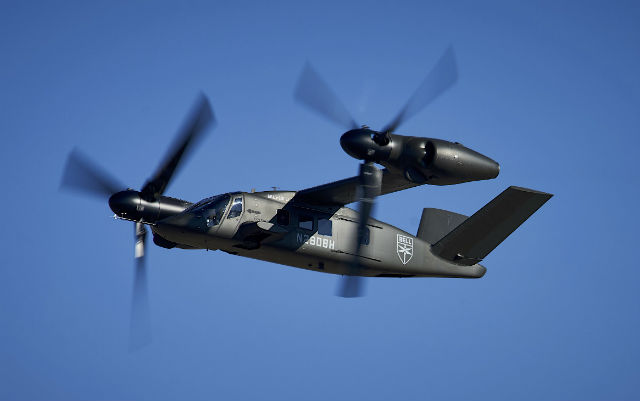Sikorsky remains confident that the SB-1 Defiant helicopter it is jointly developing with Boeing can achieve a target speed of around 270kt (500km/h), even though the technology demonstrator is yet to leave the ground.
The US manufacturer insists that first flight is imminent – more than a year later than planned – with the fourth in a series of ground runs completed this week.
Sikorsky's speed predictions are based on wind-tunnel modelling conducted at NASA's Ames Research Center with a one-fifth scale replica – a second round of which is due to take place in February.
"We are happy with what we have seen in the wind-tunnel compared with our calculations," says Rich Koucheravy, Sikorsky director of business development, future vertical lift (FVL). "The rotor efficiency is better than predicted."

Sikorsky
The latest round of trials will give Sikorsky a better understanding of "where we may top out" says Koucheravy, but "we don't believe that 270kt or even slightly higher is unachievable".
The compound, co-axial rotor Defiant is the Boeing-Sikorsky offer for a technology demonstrator effort linked to the US Army's future vertical lift programme.
Bell's competing design, the V-280 Valor, has been flying for over a year and has achieved speeds in excess of 290kt.
Koucheravy does not believe that the potentially 20kt differential between the two platforms will be decisive, saying that ultimately the decision will be based on what the army requires.
The customer has to determine if very high speed and long range are "a benefit versus the price", he says, adding that indications from the army are that it will place "very high emphasis" on the aircraft's agility in the landing area.
"There are a number of ways of approaching the FVL technical challenge: you can either make a helicopter fly very fast or make an airplane hover," says Koucheravy.

Bell
Both the SB-1 and the V-280 are sized to replace Sikorsky UH-60 Black Hawks. That class of aircraft has previously been referred to as "capability set 3", but service leaders now refer to it as the future long-range assault aircraft (FLRAA).
The army is currently engaged in an analysis of alternatives as it seeks to narrow the requirements for FLRAA. That process is due to end in April, says Brigadier General Walter Rugen, director future vertical lift cross-functional team.
Under current timelines, the army hopes the winning FLRAA design will enter service from around 2030, but Rugen says the progress seen so far gives him confidence that it is "well positioned to go faster than is currently programmed".
Source: FlightGlobal.com


























